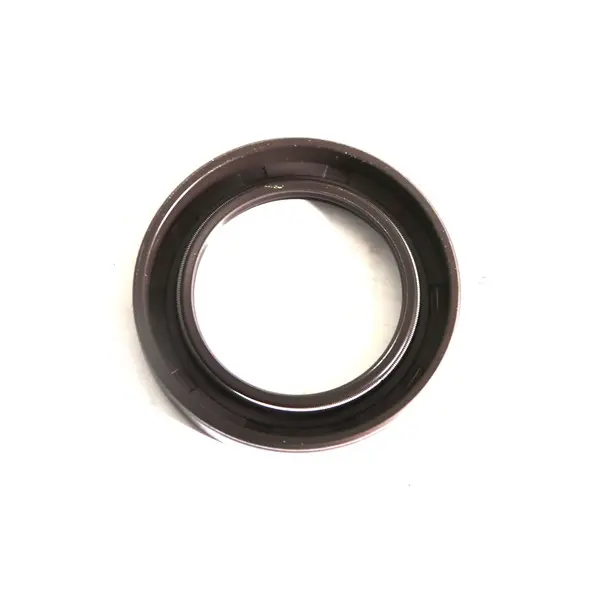9 月 . 14, 2024 17:31 Back to list
different types of oil seals
Different Types of Oil Seals
Oil seals, also known as grease seals or shaft seals, are critical components in machinery that prevent lubricants from leaking out and contaminants from entering. These seals play a crucial role in various applications, ensuring optimal performance, longevity, and reliability of equipment. There are several types of oil seals, each designed for specific tasks and environments. This article will explore the most common types of oil seals and their applications.
1. Lip Seals
Lip seals are one of the most commonly used types of oil seals. They feature a flexible lip that creates a barrier against the leakage of oil and the ingress of dirt. The lip is usually made from rubber or elastomeric materials, allowing it to maintain a tight seal against a rotating shaft. Lip seals are often used in automotive applications, such as in transmission systems, engine crankshafts, and differential housings.
2. Radial Seals
Radial seals are designed to handle axial movements and are often utilized in rotating applications. These seals can withstand radial loads and have a reliable sealing interface with the shaft. Radial seals are prevalent in heavy machinery, HVAC systems, and various industrial equipment. They can be manufactured with different materials, including polyurethane, silicone, and fluorocarbon, depending on the requirements of the application.
3. Pneumatic Seals
different types of oil seals

Pneumatic seals are specifically designed to seal air and gas systems, preventing the escape of pressurized air while also keeping out contaminants. These seals are typically made from materials that can withstand pressure differentials, such as rubber or plastic materials that possess flexibility and durability. They are widely used in pneumatic cylinders, compressors, and other air-driven machinery.
4. Mechanical Seals
Mechanical seals are often used in applications where high pressures and temperatures are present, such as pumps and turbines. Unlike traditional oil seals, mechanical seals rely on two flat surfaces to create a sealing interface, typically aided by springs that maintain contact under pressure. Mechanical seals offer better performance in demanding environments and are ideal for handling aggressive fluids, making them popular in chemical processing and oil rig applications.
5. V-Rings
V-rings are unique in their design; they are installed directly on the shaft and create a seal against a stationary counter surface. Their V-shaped profile allows them to seal effectively even with axial movement or vibration. V-rings are commonly used in conjunction with other types of seals and are particularly effective in preventing dust and dirt from entering a system. They are frequently found in agricultural machinery and automotive applications.
Conclusion
Selecting the right type of oil seal is critical for the efficient operation of machinery and equipment. Each type of oil seal has its specific advantages and applications, ranging from lip seals and radial seals to pneumatic seals and mechanical seals. Understanding these distinctions helps engineers and technicians choose the best seal for their needs, ultimately leading to improved performance and reduced maintenance costs. Proper installation and regular inspections of oil seals are essential to ensure their longevity and effectiveness, as neglect can lead to costly leaks and downtime.